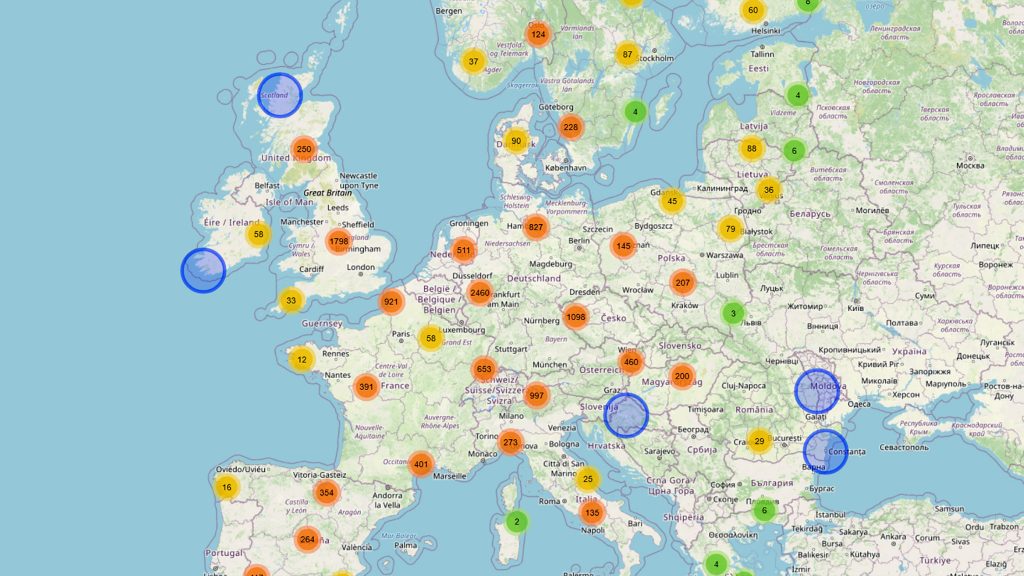The pressure is on to move towards electric and sustainable power as we hear more and more about the climate crisis – and the increasing demand from consumers for more sustainable deliveries.
The biggest way that the UK’s logistics sector can lead the charge (no pun intended) is with electric and hybrid fleets and other vehicles with alternative drivetrains.
The UK’s Committee for Climate Change (CCC) has advised a date of 2035 for every new vehicle to be electrically propelled, in order for the UK to meet the Net-Zero carbon emissions target by 2050.
Sales of alternative powered commercial vehicles are already increasing – in 2020 for example, 4.2% of new van sales were alternatively powered. This is a progressive increase on the 2.8% reported in 2019.
But, with transport currently responsible for 27% of the UK’s total greenhouse gas emissions, making it the largest emitting sector of the economy, the move to electric has to speed up.
HGV use alone accounts for around 16% of UK transport emissions, and a key aim of the Road to Zero strategy is to reduce HGV greenhouse gas emissions by 15% by 2025.
So, how can logistics operators get there?
The move to electric vehicles for logistics operators
There are a number of things that can help logistics operators to prepare for the move to electric and hybrid fleets.
First, understand the different types of alternative-power vehicles out there:
- All-electric EVs (with a battery is the only power source)
- Plug-in Hybrids (PHEVs) (which switch between running on
electricity or fossil fuels) - Hybrids (HEVs) (which don’t plugin, but have a smaller
battery recharged through driving) - Fuel Cell Vehicles (which generate their own electricity on-board)
Not to mention vehicles with alternative drivetrains like cargo bikes, which don’t require any fuel and can be used for final-mile delivery.
Government support
There are some sector-specific challenges when it comes to alternative-powered HGVs, and the Road to Zero strategy outlines government plans to eventually develop and deploy zero-emission HGVs, in addition to the LGVs and cars which are readily available.
The new electric vehicles and infrastructure report outlines plans in the Road to Zero strategy, like the phasing out of new petrol and diesel vehicles, and the rollout of charging infrastructure; and the Transport Decarbonisation Plan, which discusses current policies and future plans for decarbonisation of the freight sector.
Some electric vehicles – including commercial vehicles like vansd and trucks – are also eliagable for grant unding.
Growth of charge points
One of the challenges with the UK’s goals for carbon emission reduction is a potential lack of charging points.
Recently though, an interactive map of chargepoints throughout the UK and Europe has been produced.
Drivers and operators can use the map to easily pinpoint one of the 31,145 long-haul stop locations suitable for charging points:

Logistics management software with EV functionality
Of course, we’d be remiss if we didn’t mention the viability of our dedicated electric vehicle route optimisation features.
Stream for EVs helps operators to keep their electric vehicle fleet operating efficiently, by avoiding routes that are too long for electric vehicles to complete in one charge.
Electric vans, trucks and delivery vehicles can easily be added into Stream – and won’t run out of charge on the road.
You can even get a 50% discount on monthly subscriptions for electric vehicles, cargo bikes and other vehicles with alternative drivetrains. Schedule your demo today to learn more.







